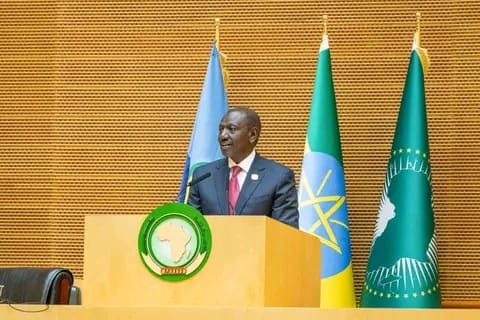
The Kenya Revenue Authority (KRA) has announced a period of unprecedented revenue collection, shattering its own records in both customs and excise duties, driven by a series of technological integrations and operational reforms.
In a landmark achievement, the tax authority collected Ksh85.146 billion in customs taxes in September 2025, marking the highest single-month collection in its history. This figure surpassed the previous record of Ksh82.554 billion set in January of the same year and exceeded the monthly target by Ksh3.806 billion.
The authority attributed this record-breaking performance to robust collections from both trade and petroleum taxes. Trade taxes contributed Ksh51.738 billion, exceeding its target and reflecting a 22.1% year-on-year growth. Petroleum taxes were an even bigger standout, achieving a 109.2% performance rate by collecting Ksh33.408 billion against a target of Ksh30.602 billion.
KRA highlighted that this success is the result of strategic reforms, most notably the establishment of a central release operations office. “Under this innovative system, head verification officers operate from a central location and randomly allocate release stations to verify and clear goods,” KRA stated, a move aimed at enhancing efficiency and curbing revenue leakage.
Betting Tax Soars Beyond Target
In a separate but equally impressive report, KRA revealed an outstanding performance in excise duty from the betting industry for the 2024/2025 financial year. The authority collected Ksh13.2 billion, a significant Ksh2.6 billion increase from the previous year.
This collection represented a 117.2% performance rate, dramatically surpassing the set target of Ksh11.288 billion. KRA credited this success to its ‘Taxation at Source’ initiatives, specifically the real-time integration of betting firms’ systems with its own.
“This integration enhanced compliance and transparency and facilitated effective monitoring of transactions,” the authority noted, underscoring how technology is being leveraged to plug revenue gaps in a high-risk sector.
The consecutive reports signal a strengthening of Kenya’s revenue mobilization efforts, with technological adoption and internal process reforms proving to be key drivers in meeting national financial targets.




